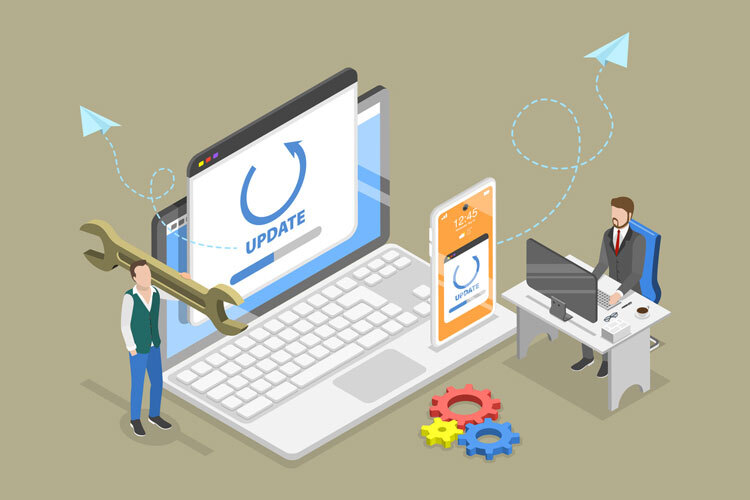Website Maintenance: Ensuring Stability, Security, and Scalability
Website maintenance is a crucial aspect of ensuring that your website remains stable, secure, and scalable. By regularly updating and monitoring your website, you can prevent issues such as downtime, security breaches, and performance issues. Preventative maintenance involves taking proactive steps to identify and fix potential problems before they occur, while reactive maintenance involves addressing issues as they arise. While both approaches are important, preventative maintenance is generally more cost-effective and can save you time and resources in the long run.
Regular website updates not only help to keep your site running smoothly but also offer hidden SEO benefits. Search engines like Google favor websites that are regularly updated with fresh content and optimized for performance. By regularly updating your website, you can improve your search engine rankings and attract more organic traffic to your site.
The use of AI and automation in website maintenance is changing the way businesses approach the upkeep of their websites. AI-powered tools can help to automate routine maintenance tasks, monitor website performance in real-time, and identify potential security vulnerabilities. By leveraging AI and automation, businesses can streamline their website maintenance processes and ensure that their sites remain secure and up-to-date.
Preventative vs. Reactive Maintenance: Which Approach Saves More?
When it comes to maintenance, there are two main approaches: preventative and reactive. Preventative maintenance involves regularly scheduled inspections and repairs to prevent equipment failure before it happens. On the other hand, reactive maintenance involves fixing equipment only after it has already broken down.
In terms of which approach saves more money, preventative maintenance is generally considered to be more cost-effective in the long run. By identifying and fixing small issues before they become major problems, preventative maintenance can help extend the lifespan of equipment and reduce the likelihood of expensive repairs or replacements. It also helps to avoid costly downtime, as equipment is less likely to break down unexpectedly.
Reactive maintenance, on the other hand, can end up costing more in the long run due to the higher costs associated with emergency repairs and replacements. Downtime can also be more costly with reactive maintenance, as equipment failures can disrupt operations and lead to lost productivity and revenue.
The Hidden SEO Benefits of Regular Website Updates
Regularly updating your website not only keeps your content fresh and relevant to your audience, but it also has hidden benefits for SEO. Search engines like Google prioritize websites that are regularly updated with new content, as this indicates that the site is active and providing value to users. By consistently adding new pages, blog posts, or updating existing content, you can improve your website’s search engine rankings and attract more organic traffic.
Updating your website also provides opportunities to optimize your content for relevant keywords and phrases. By conducting keyword research and strategically incorporating these terms into your updated content, you can improve your website’s visibility in search engine results pages. Additionally, updating your website gives search engines more reasons to crawl your site, which can lead to more pages being indexed and ultimately ranking higher in search results.
Regular website updates can also improve user experience, which is another important factor in SEO. By providing fresh, valuable content for your audience, you can keep visitors engaged and encourage them to spend more time on your site. This can reduce bounce rates and increase dwell time, both of which are indicators to search engines that your website is providing a positive user experience.
How AI and Automation Are Changing Website Maintenance Practices
AI and automation are revolutionizing the way website maintenance is done. With the advances in technology, tasks that used to require manual intervention can now be automated, saving time and increasing efficiency. AI-powered tools can monitor website performance in real-time, identify issues, and even fix them without human intervention. This not only ensures that websites are running smoothly at all times but also reduces the risk of downtime and potential loss of business.
Automation tools can also streamline the process of updating website content, managing security patches, and optimizing SEO. By using AI algorithms to analyze data and make recommendations, website owners can make more informed decisions about how to improve their site’s performance. This leads to better user experience, higher search engine rankings, and ultimately, increased traffic and conversions.




 +91 8277203000
+91 8277203000
